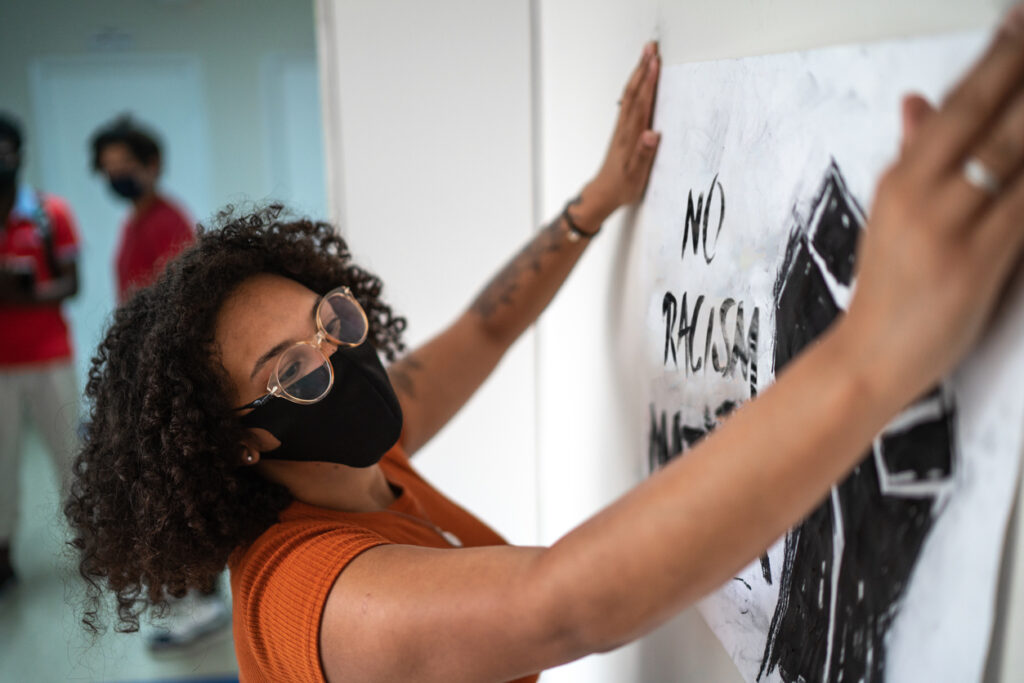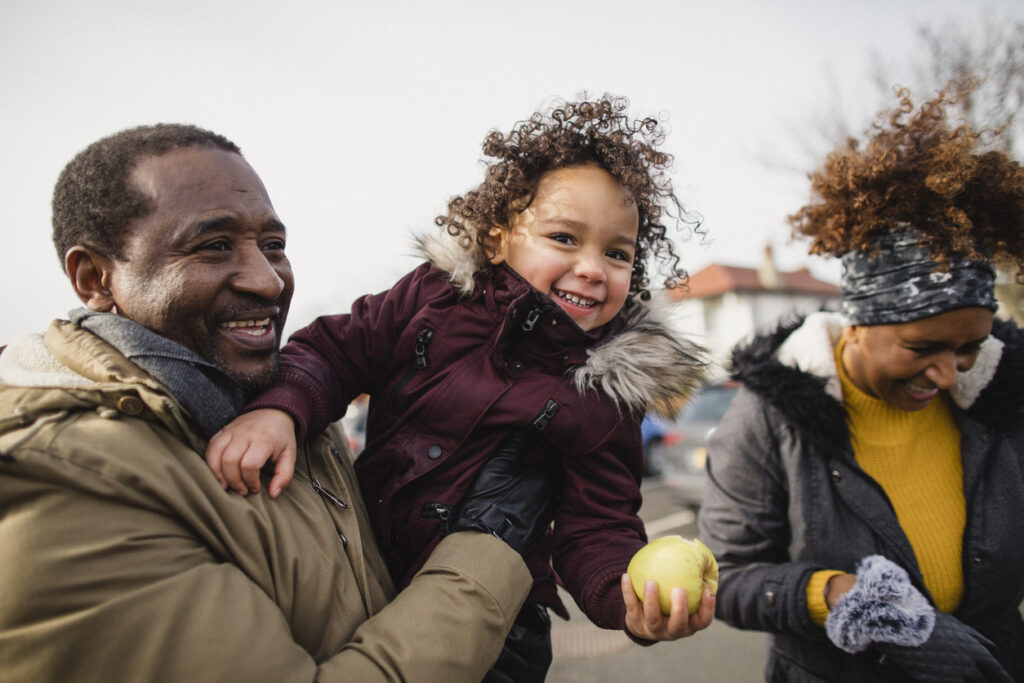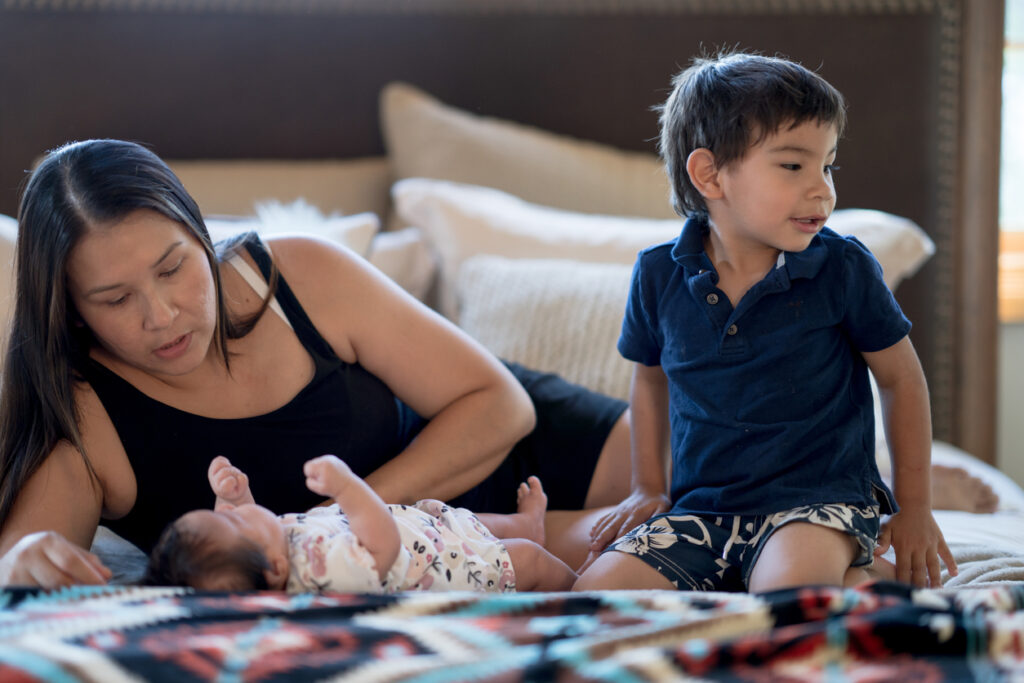The North Shore Anti-Racism Network has created a simple, plain-language framework for Active Intervention in Racial Incidents called the “4 S Model (See, Stop, Speak, Support)”.
This framework is a result of the collaboration of community partners and review of multiple other intervention/ de-escalation models. While the focus here is on witnesses/bystanders, many of the steps are also relevant for the victim.


Look around to assess the situation— can you help and stay relatively safe? Are there other people around who can also help? Is there a safe exit if needed?
Make eye contact with the victim and other bystanders so they know you are there.
Record the incident on your phone if appropriate, especially if other people are already helping (or if you don’t feel safe helping directly).
Briefly and directly speak out against the behaviour, not the person e.g. “That comment is racist, we don’t tolerate that here” or “That behaviour is hurtful, please stop” (rather than “You are a racist”).
If the person doesn’t stop or the situation escalates, try to safely leave the situation with the victim.
If the offender is aggressive or you can’t leave right away, create some safe distance by moving behind a table or chair, or put your hand up with the “stop” gesture to signal you don’t want them to come closer.


After making eye contact with the person being targeted, show solidarity and try to engage with them by saying something neutral to show you are there without escalating the situation, like “Do you know what time it is?” Remember to keep it brief, simple and use appropriate gestures to ensure understanding.
Ask people around you for help.
If there is no immediate danger, check-in with the victim to see if they want to contact a person of authority such as a manager, teacher, bus driver, police etc. and respect their decision.
Stay with the victim to make sure they’re okay. Listen if they would like to speak, if possible, provide support in the person’s language of preference. Use calming words and gestures to acknowledge their feelings.
Suggest resources for reporting and/ or recovering from the incident as appropriate.
Encourage those impacted to connect with trusted family and friends afterwards, and take the time needed to recover.


Reporting can help victims feel heard, and can help the community develop a clearer idea of what, where and how often incidents are occurring.